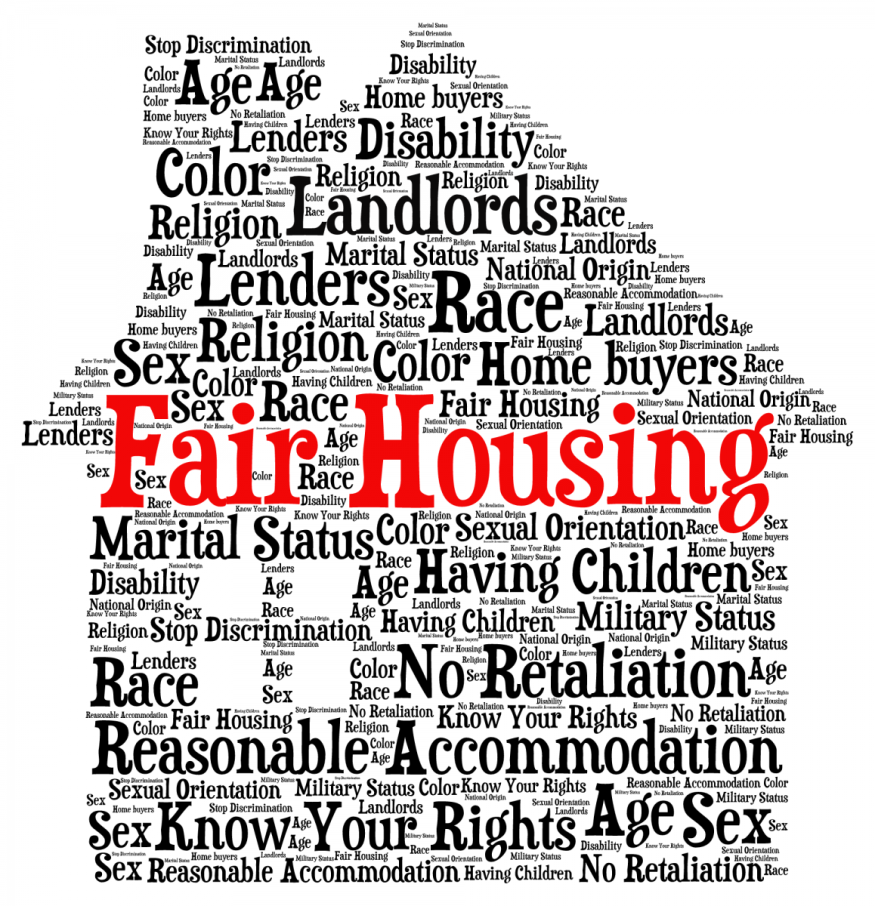Hurdles for Hispanics: Housing Equality

It is undeniable that the Hispanic community is steadily growing in the United States, thus quickly becoming the largest minority group in the country. These numbers are growing mainly because of the close proximity of the US to Latin countries. Due to this fact, there are hundreds of thousands of undocumented Hispanics in the US. Albeit, some of whom are currently processing their immigration applications or are waiting for confirmation of citizenship, others however, are not. At present, there are more than 32 million registered Hispanics in the US, but as their numbers grow, so does the risk of discrimination.
Who are considered Hispanic?
- In an article published in Projects News Day, according to the United States Census Bureau Hispanics and Latinos are those who are of Cuban, Mexican, Puerto Rican, and South or Central American descent, and many others.
In the recent article, it was also stated that in 2017, around 18 percent of Long Island's population is composed of Hispanics or Latinos, followed by blacks, who make up nine percent and Asians at around seven percent.
Is housing equality a problem for Hispanic-American buyers?
In an article posted in Projects News Today, Pedro Jimenez, a computer and internet professional who was born in the Dominican Republic, finds some evidence of discrimination among the Hispanics in finding a home on Long Island. In his research, he asked eight real estate agents as a paired tester in Newsday's investigation of discrimination in real estate when buying a house. His investigation found that 5 out of 8 tests showed signs of discrimination, and that Jimenez and his paired agents were subjected to unequal treatment compared to their white counterparts.
Jimenez also said that social sorroundings taught him how to distinguish Hispanics between light-skinned and dark-skinned. And those of darker tones are seemingly treated differently, worse as a matter of fact.
Jimenez and his team inquired with the 12 largest brokering firms found on the island in Massapequa Park, Brentwood and East Hampton on the South Shore of South Neck and Northport at the North Shore. Jimenez changed their names and informed the firms that they were looking for a house that costs between $400,000 and $3 million.
The firms gave the Hispanic buyers only a few listed properties compared to the white buyers and even offered the white buyers more expensive properties than the Hispanics. In terms of houses in Rockville Centre, Oceanside, Roslyn, Levittown, Merrick and Kings Park the white buyers were offered properties that were nearly seven times more expensive than those offered to the Hispanic buyers. On top of that, they also found that the requirements for Hispanic buyers were considerably more stringent compared to the requirements of the white buyers.
Based on the investigations of Jimenez and his team, they discovered three things common factors:
- First, firms gave the Hispanic-American buyers fewer listings compared to the white American buyers and directed them to more Hispanic-based communities.
- Second, firms pointed the Hispanic-American buyers towards minority school districts.
- Third, firms only gave the Hispanic-American buyers white tester listings in predominantly white Roslyn.
The discrimination that Jimenez and his pair of agents experienced is not new. In previous studies, it was found that there are more Hispanic-friendly cities for Hispanics and Latinos in America. Cities like Chicago that even ranks number one. However, like many other states in US, one of the problems encountered by Hispanics and Latinos is equal opportunity in housing.
Subscribe to Latin Post!
Sign up for our free newsletter for the Latest coverage!
© 2025 Latin Post. All rights reserved. Do not reproduce without permission.















